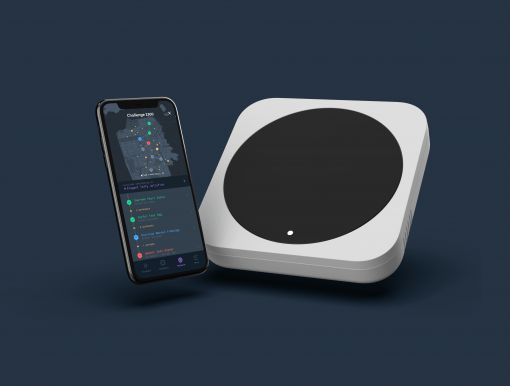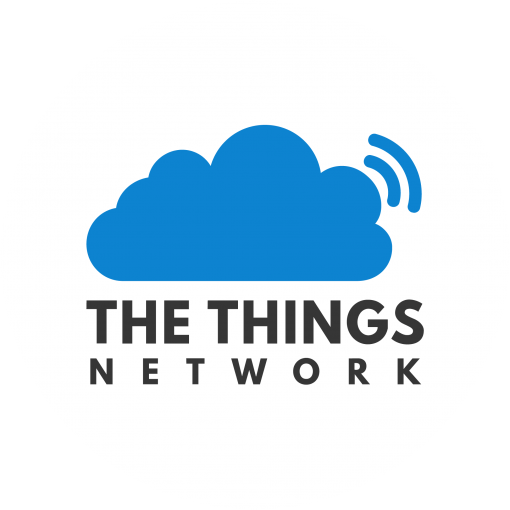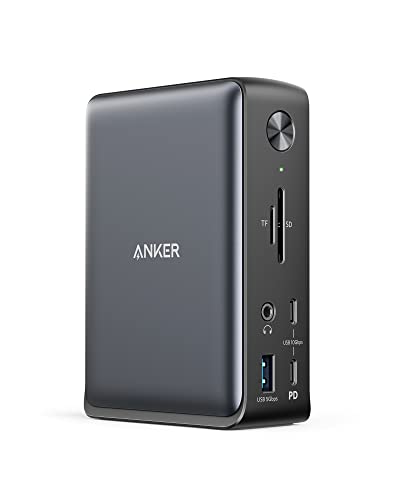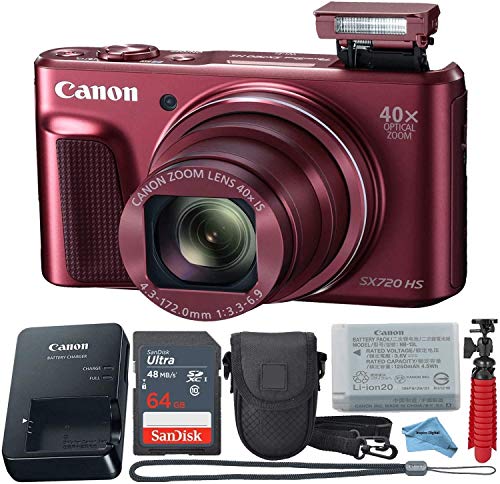Anyone who is a little bit interested in IoT, i.e. the Internet of Things, will have noticed that separate radio standards are establishing themselves for it.
Well-known and widespread radio technologies are WLAN and Bluetooth, which cover short distances but high data rates, and mobile phone networks, which cover long distances and high data rates. For IoT devices, sensors for example, it is usually sufficient to cover only small data rates, but over long distances, ideally over kilometers.
LPWANs are economical and long-range IoT networks
These networks are called Low Power Wide Area Networks (LPWAN), i.e. networks that consume little energy. And that’s what you want: an IoT device should send a few bytes of data over long distances, but not consume much energy, so that the battery will last for years. Currently the following standards exist (without claiming to be complete – here you can find more details):
- LoRa – open standard, network can be set up by the user
- Sigfox – existing infrastructure, network is maintained
- NB IoT – based on existing mobile radio infrastructure
All three approaches have their justification: NB-IoT (Narrowband IoT) is logically offered by the mobile phone providers: The infrastructure already exists and another network with the specific characteristics of the Internet of Things is simply added. Sigfox also offers a ready-made network, but only one for IoT devices. LoRa follows the open approach that the community has to and can take care of building a network. This is good because it is possible to build a network even in areas where Sigfox does not provide coverage. However, in commercial cases you cannot directly access an infrastructure. But as you can see, networks for IoT applications are already well established.
Helium wants to commercialize the LoRa approach
Now comes the new provider Helium, which has already collected millions of investors to establish another network according to the LongFi standard – at least that was the plan. In the meantime they have decided to use LoRaWAN (the protocol) as well.
The idea itself is not a bad one: an wants to equip the city with LoRa hotspots by placing them – just like WLAN hotspots – at private persons. But there is a catch: Helium would like to see $425 for such a hotspot. $425 to build up the infrastructure! We find this approach a bit strange, especially since only a few hotspots would be needed to cover a city due to the high range. It seems to make more sense to give away 100 to 200 hotspots and then advertise with a coverage of almost 100%.
Although Helium offers its own cryptocurrency, which the hotspot is supposed to generate, but there is too little information about it to resist this impression here.
Go to the original – that’s cheaper and better
Our tip, if you are interested in LPWAN networks, would be to join the original LoRa community, The Things Network. This network connects voluntarily operated hotspots in cities to an open network. A great project. Berlin, for example, is already fully covered, with less than a hundred hotspots! These cost around $70, which is considerably less than a helium model. For the budget of a helium device, a complete small town can be covered with LoRa.






